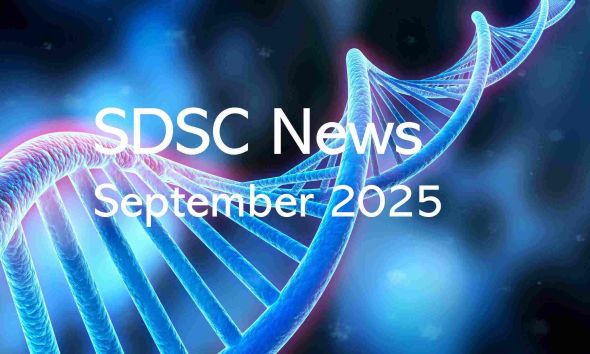- “Harnessing the Potential of AI to Uncover Patterns of Violence” is a research project using data science towards a better understanding of armed groups' behavior, aiming at improving the effectiveness of humanitarian action.
- The one-year project led to the development by the SDSC of a methodology to quantify the evolution of violence that enables ICRC to better monitor acts of violence and potentially assess the impact of their work.
- The project is a concrete example of how data science can work out an effective model based on publicly available data, delivering a measurable humanitarian impact.
Geneva, Lausanne, Zurich, May 30th, 2023 – “Harnessing the Potential of AI to Uncover Patterns of Violence” unites experts from theory and application, political and computer science under one common goal: the development of an event coding schema and event coding software to quantify patterns of violence in accordance with International Humanitarian Law (IHL). The objective of the project is to understand the impact of the ICRC’s dialogue with armed forces/groups with the aim to influence compliance with IHL. It is one of a series of twelve projects of the Engineering Humanitarian Action (EHA) initiative launched jointly by ETH Zurich, EPFL and the ICRC. The objective of this initiative is to make knowledge and technologies from both universities available where they are critically needed: in humanitarian crisis.
Supported by the EPFL EssentialTech Centre and in collaboration with ETH Zurich and EPFL LIDIAP, the Swiss Data Science Center developed a data science-based tool and methodology to support ICRC’s effort to monitor acts of violence and uphold International Humanitarian Law.
Data-driven assessment of the effectiveness of humanitarian dialogue with armed actors
Traditionally, assessing the effectiveness of humanitarian dialogue is achieved predominantly through status reports of qualitative nature making it difficult to extract information. Additionally, monitoring incidents of armed violence across entire countries requires significant human resources that are often unavailable.
Through the research project, the Swiss Data Science Center created a model incorporating large amounts of open-source data, quantitative measures of conflict intensity and automated, machine-based event analysis. The model will then be incorporated by ICRC into their own data and used in its actions to influence armed forces and groups to respect International Humanitarian Law.
Event coding to better monitor crises
Monitoring crises is usually based on political events extracted from the news. The large amount of unstructured full-text event descriptions makes a case-by-case analysis unmanageable, particularly for low-resource humanitarian aid organizations. This creates a demand to classify events into event types, a task referred to as event coding.
In this project, the SDSC proposed an innovative event coding approach that is more flexible and resource-efficient than the currently used methods requiring human resources, while providing competitive accuracy. Assigned SDSC experts analyzed large amounts of conflict data at an aggregated level by means of computational methods ranging from machine learning to big data visualization. As a result, the model provides new insights into the evolution of specific violent events and the potential correlation with humanitarian intervention.
“Working on this project with ICRC brings a lot of meaning to our work and reinforces our vision of leveraging our expertise to positively impact society. The model that we have developed is also a great example of how data science can deliver an efficient tool using publicly available data. We are proud to be part of the EHA initiative and will welcome any further opportunity to support humanitarian projects,” said Dr. Olivier Verscheure, Director of the SDSC.
“This collaboration with the SDSC has greatly advanced our capacity to identify patterns and changes in the behaviour of armed forces and groups. The model allows us to have a deeper understanding of who did what to whom and when. It enables us to identify peaks of violence but more importantly periods of restraint and allows us to interrogate whether our dialogue with the concerned armed force or armed group might have contributed to the change. This has been a very fruitful collaboration,” said Sarah Epprect, Director of Protection and Essential Services at the ICRC.





